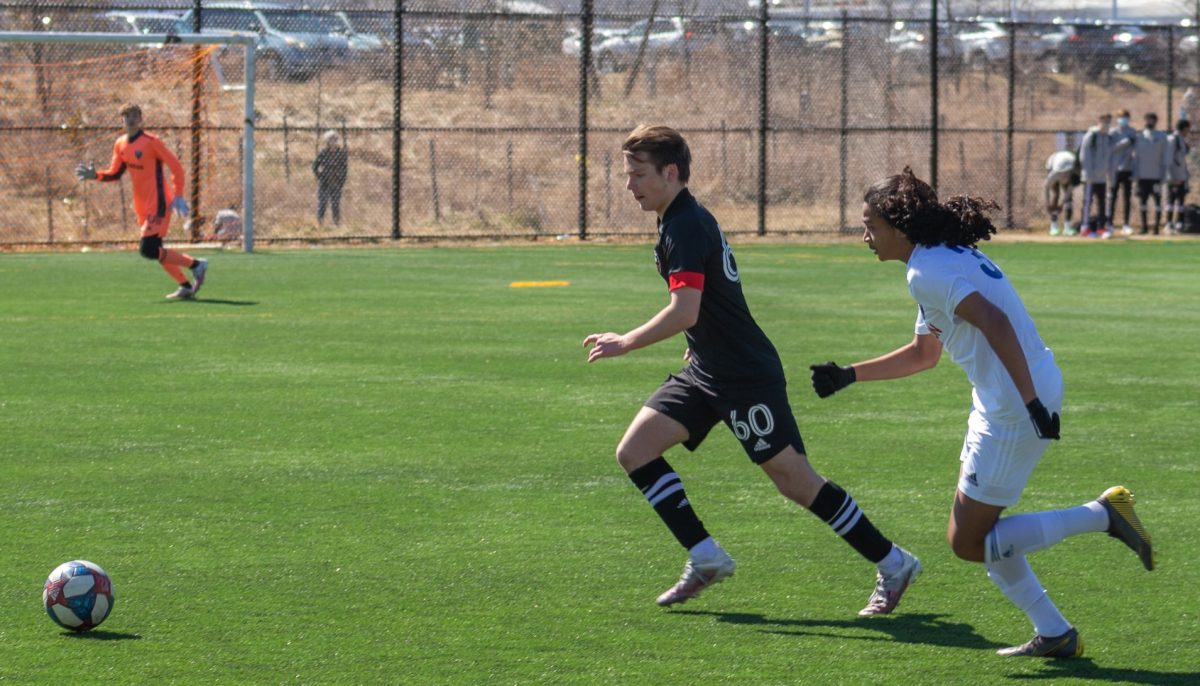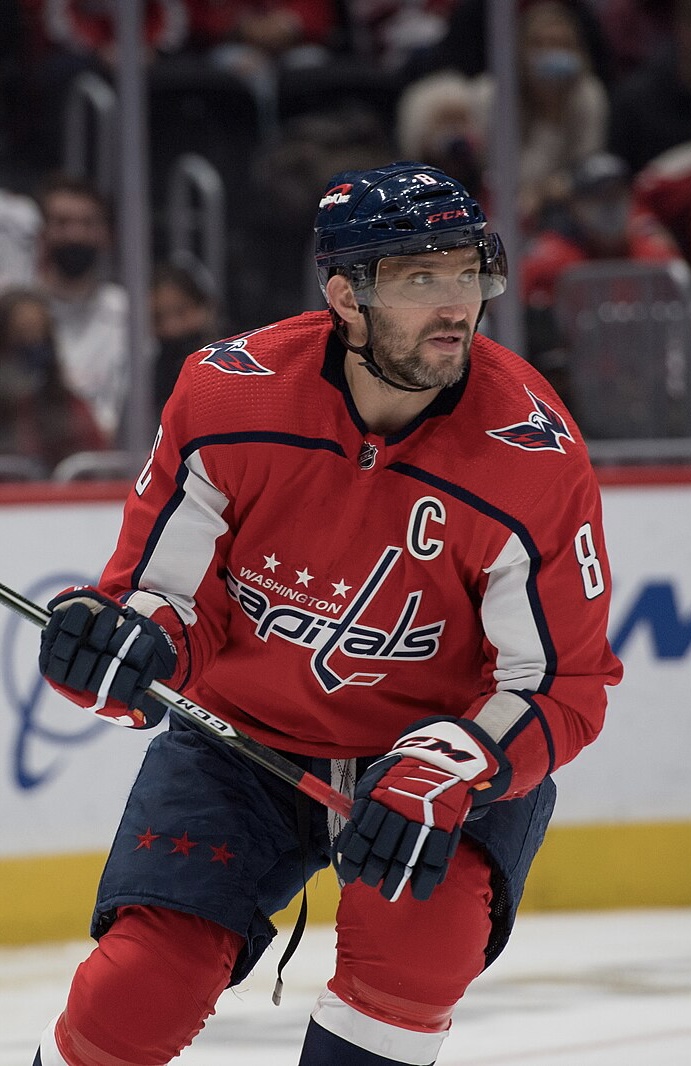Bent over his computer, sophomore Joost Almekinders sits in his car, furiously typing out a biology lab report due in six hours. He’s on his way to Richmond, Va., for a soccer tournament.
The two-hour drive is his only time for schoolwork, and as he continues to type, he feels himself get dizzy. He worked until midnight last night on the same report but his efforts were to no avail. He still has work to do.
Almekinders plays for the D.C United Academy, on the under-16 team. The Academy is the youth and development club that feeds Washington’s Major League Soccer (MLS) club, D.C United.
Almekinders trained with the Academy as a center defensive midfielder for a while before officially joining the team. “I was more like a guest player,” he said. He was later officially recruited through Arlington Soccer Association’s affiliation with D.C. United.
The Academy offers immense opportunities for players looking to go professional, which is perfect for Almekinders. “I definitely want to go to college. But if the opportunity to go pro arrives I’m definitely going to take it,” he said.
Almekinders notes that there are “crucial moments” where he needs to perform well, in order to become a professional player, especially next year. “Next year is the year where everybody scouts and college coaches start focusing more on what’s happening and how you’re playing,” he said.
Additionally, there are always chances to move up in the ranks. “As people get older, they get moved up into the professional training environments,” Almekinders explained.
But with vast opportunity comes a high-pressure environment. “There’s definitely a lot of pressure because if you see other people getting moved up, which has happened, then [you’re like] damn, I should have been there, what do I need to do to get moved up too,” he said.
Plus, the large size of the team — 25 players — adds to the competition. “If you don’t try your best one day then it could affect the amount of minutes you get in the game because there’s so many people that can replace you,” he said.
Almekinders has a strict schedule, training three days a week with a game or tournament every weekend. Each practice is an hour and a half. “We usually run over, but yeah,” he laughed.
Their practices follow a formula, starting with laps, stretching and small passes, and moving on to large scrimmages. “On a Thursday night before a game we usually run through the structure, the defensive structure, and then the attacking structure,” Almekinders added.
However, the COVID-19 pandemic has had a large impact on the team.
The Academy has several COVID protocols, one being that the players must stay in their cars before practice starts, along with having to get there earlier. “The whole team before us has to be off [the field] before we can get on, which is very inconvenient,” Almekinders adds.
Additionally, the players have to wear masks when they’re not playing.
Moreover, his team faces another significant impact of COVID. Last year, D.C United’s U-17 team, the team one year older than Almekinders’, qualified for Division 3 in the 2020 Generation Adidas Cup, according to MLS.
The tournament offered an opportunity for D.C. United to play against international teams. “Top international clubs from Argentina, Brazil, England, Greece, Mexico, Serbia, and Spain, among others will headline U-17 division play,” according to MLS.
But due to COVID, the international tournament was cut from D.C. United’s 2021 schedule.
Nevertheless, Almekinders is still on his way to becoming a professional soccer player. “There’s a clear pathway from where I am now,” he said.
By Abigail Bown


































































